What is the Connection and Difference Between Culture, Experience, Engagement, and Motivation?
Culture, experience, engagement, and motivation play unique roles in shaping a great workplace. While culture sets the foundation, experience defines an employee’s journey, engagement drives productivity, and motivation keeps the momentum going. Learn how to align them for workplace success.
On this page
Just like the combination of salt, caramel, and chocolate creates a delightful experience, the right mix of culture, experience, engagement, and motivation can turn an average workplace into a high-performing one. Each element plays a unique role, but together, they create something truly powerful.
Think of culture as the chocolate—the foundation that shapes everything. Experience is the caramel + salt, adding depth and flavor to the journey. When combined, they create engagement—that irresistible salted caramel chocolate effect that makes employees feel connected and invested. And the final kick? That rush of satisfaction when you take a bite—that’s motivation, the internal drive that pushes employees to perform at their best.
Understanding the difference between culture and engagement is crucial for companies looking to build a thriving workplace. While culture defines how things are done, engagement reflects how employees feel about what they do. Similarly, knowing the difference between employee engagement and motivation helps organizations craft strategies that not only keep employees committed but also inspired to go the extra mile.
In this blog, we’ll break down the difference between culture, experience, engagement, and motivation, showing how each element contributes to a workplace where employees don’t just work—they thrive.
Culture vs. experience vs. engagement vs. motivation: What is the difference?
Think of a thriving workplace as a well-functioning ecosystem—each element plays a crucial role in shaping the overall employee journey. While culture, experience, engagement, and motivation may seem interchangeable, they each bring something unique to the table. Here’s a creative breakdown of how they differ:
How they work together
- Culture lays the foundation—without it, employees feel lost.
- Experience builds the journey—good or bad, it shapes perceptions.
- Engagement fuels the fire—without it, productivity drops.
- Motivation keeps the engine running—because even the best culture needs drive.
The secret to a high-performing workplace? Get all four elements working in harmony. When you cultivate a strong culture, craft meaningful experiences, nurture engagement, and keep motivation high, you create a workplace where employees don’t just work—they thrive.
Let's now get into the details of how they actually work together.
The connection between culture, employee experience, engagement, and motivation
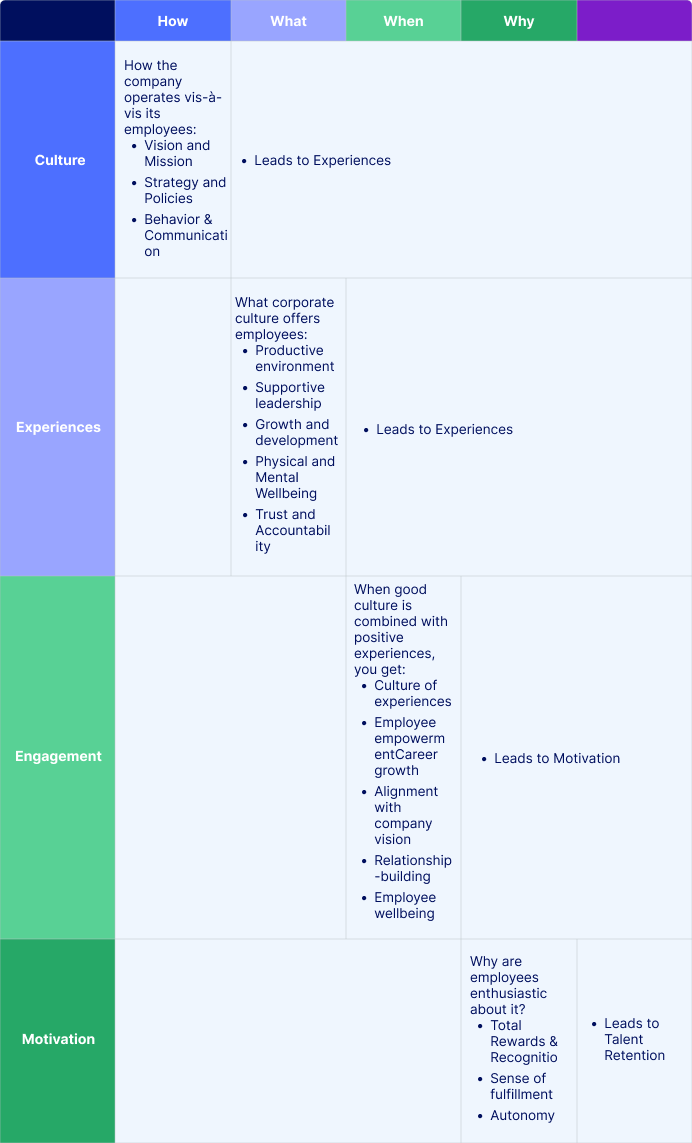
1. Culture is how the organization operates
Culture is the collection of consistent, measurable, and observable patterns of behavior, attitude, and mindset that defines how the employees interact with the company and with each other. To explain it in terms of the chocolate metaphor, culture is the chocolate.
A company's culture is its "tacit social order" reflected in behaviors, in its collection of practices, shared values, and beliefs and expressed through its purpose. Organizations that perpetuate a strong, inclusive culture "drive positive organizational outcomes." (HBR)
Elements of Corporate Culture
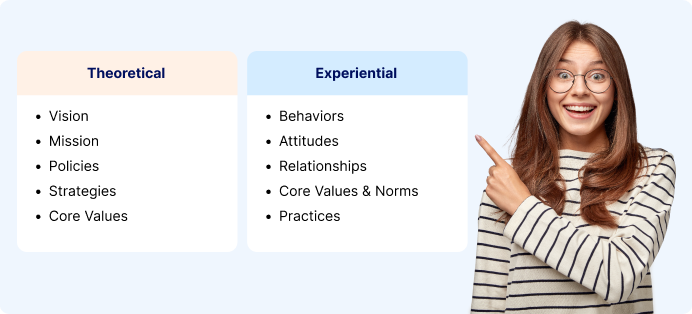
Example: L'Oreal introduced a culture app called 'Fit' to help new hires feel welcome, navigate the L'Oreal culture, and complete real-life "missions" to familiarize themselves with their new workplace and colleagues.
2. Experience is what your corporate culture offers
Gallup defines employee experience as the journey an employee takes with your organization. The sum of all the interactions that occur during the employee's tenure at the company and reflect its workplace culture is what employee experience is all about. Experience is the caramel + salt in the bar of chocolate.\
Organizations with a robust culture and a higher purpose aligned with their employee's career goals "positively shape their employee experience and report 47% of employees more likely to be high performers." (Gartner).
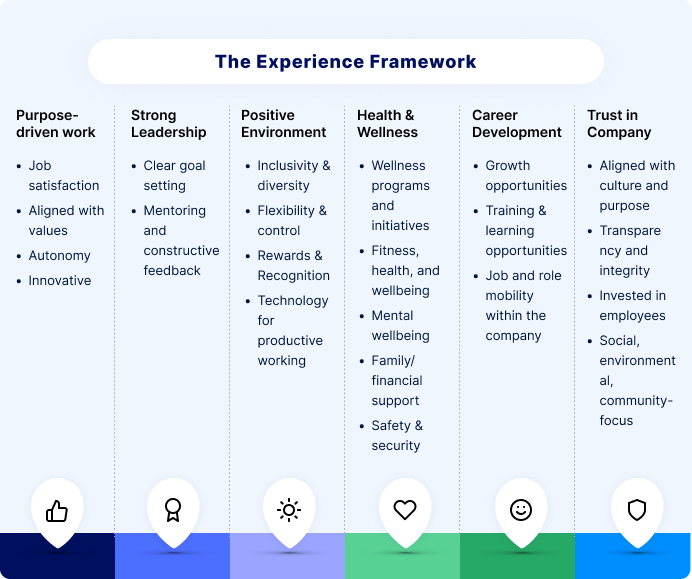
Example: By reimagining their employee experience strategy under a new CEO, Campbell's Soup was able to create an inclusive, collaborative, positive workplace environment, resulting in the company's stock being increased by 30% in the first year itself.
3. Engagement results when culture and experience intersect
Engagement happens when a company can achieve the magic combination of culture and employee experience, just like you get the salted caramel chocolate bar when you combine chocolate with sea salt and caramel.
It is measured by the employees' emotional commitment to their company's growth, and organizations with a higher number of engaged or performant employees "report 22% higher productivity." (HBR)
Engagement Drivers
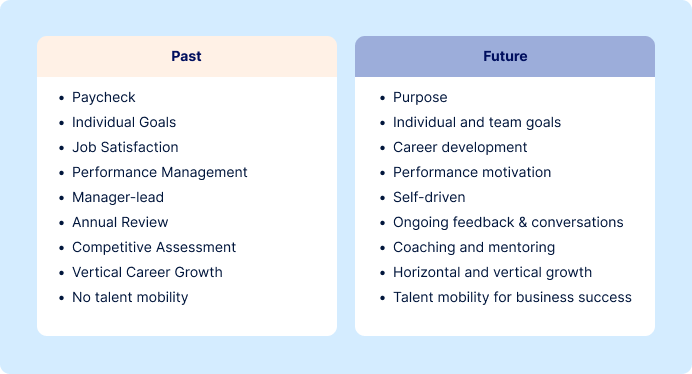
Example: Hilton’s Senior Leadership Business Immersion program enhances employee engagement by helping their leaders understand the work of the ground staff, their emotions, challenges, needs, and expectations.
4. Motivation is why your employees are enthusiastic
Motivation is the reason why employees want to work for their company. To get back to the chocolate metaphor, motivation is the pleasure derived from the salted caramel chocolate.
It has been observed, companies that frequently motivate and enthuse their employees see "a 20% improvement in work productivity" (Gallup).
The motivation factors may be intrinsic, where the employee's drive and willpower result in high performance, or extrinsic, where physical or experiential offerings incentivize the employee.
Types of Motivation
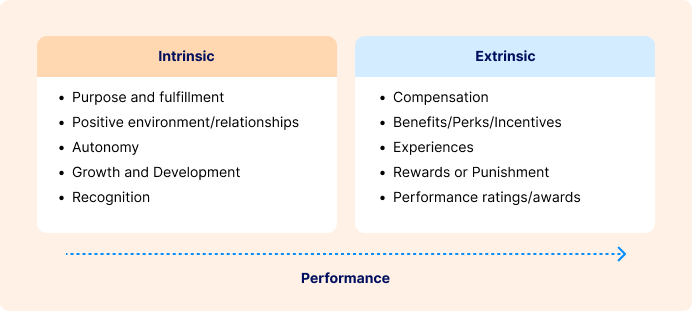
Example: Walt Disney rewarded the creative team that came up with the “Magic Kingdom Club” idea with shares of Disney stock, cash, and a hand-written note of encouragement from Walt himself.
Ready, Set, GO!
Every organization is unique, and its culture tells you a lot about the employee's experience within the company, their level of engagement, and motivation towards achieving the organization's goals.
• 4x increase in revenue growth
• Cumulative annual returns as high as 495%
• 20% higher employee satisfaction rates
While the Great Resignation (McKinsey) is disrupting businesses everywhere, you can choose to turn the tides by hiring, developing, and retaining top talent. All you need is the kind of TLC that goes into preparing a Salted Caramel Chocolate bar - nurture your culture, boost engagement, curate experiences, and motivate your teams.


















